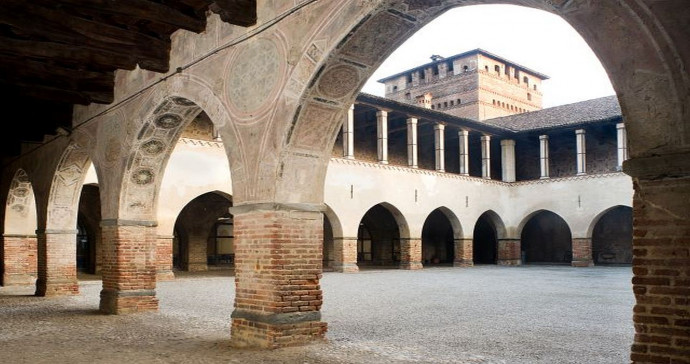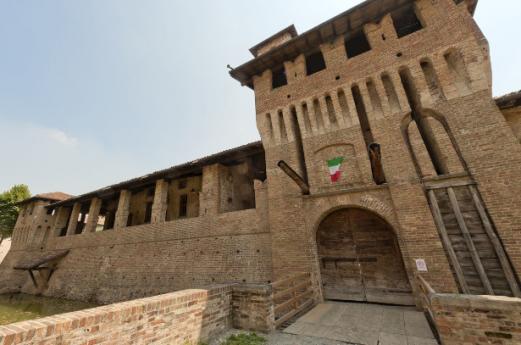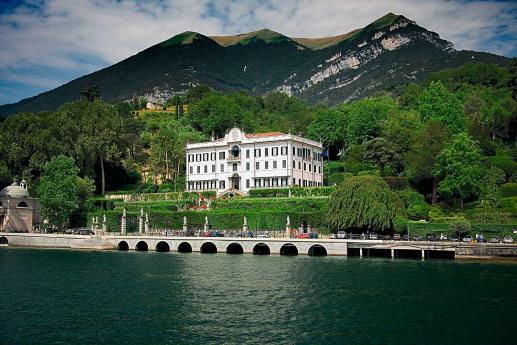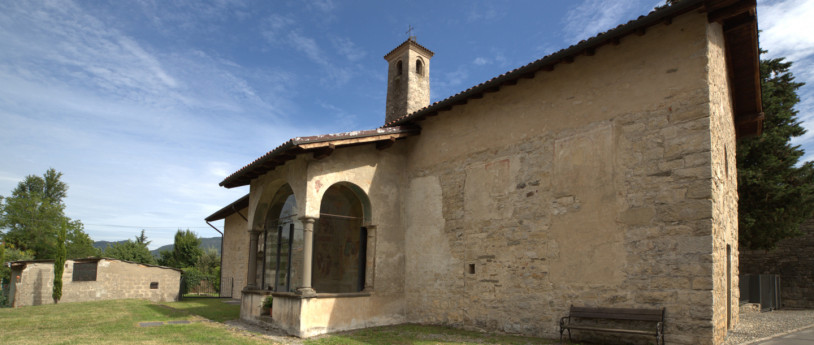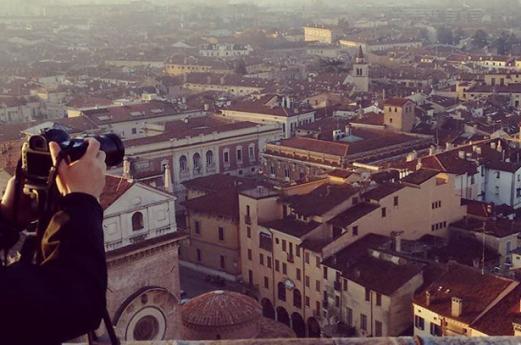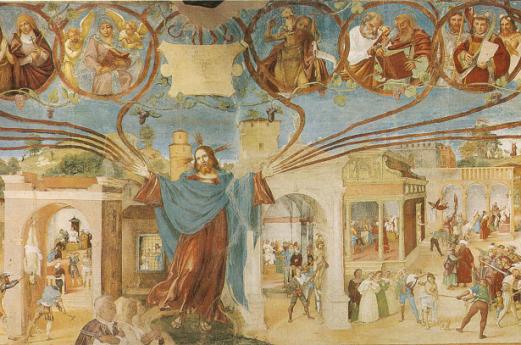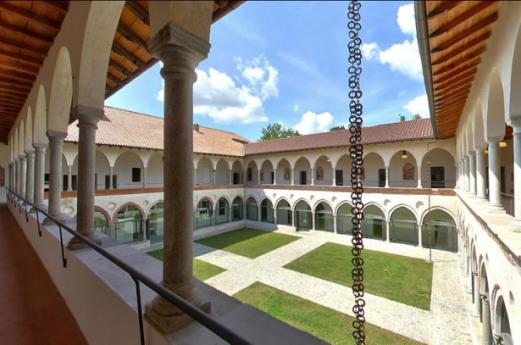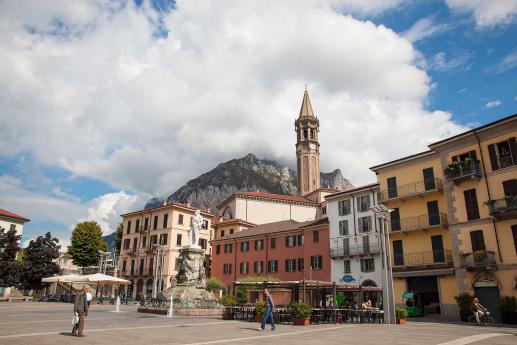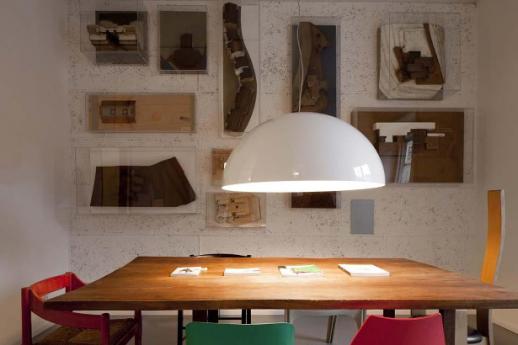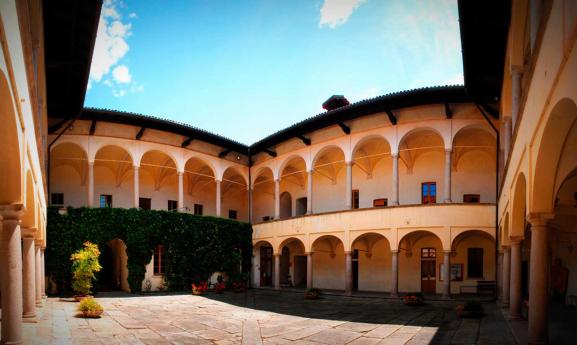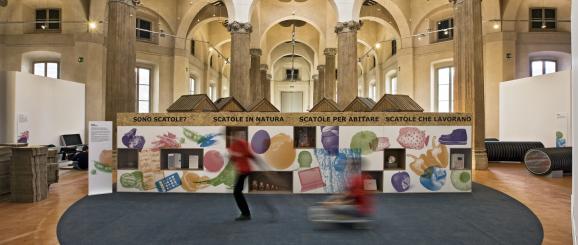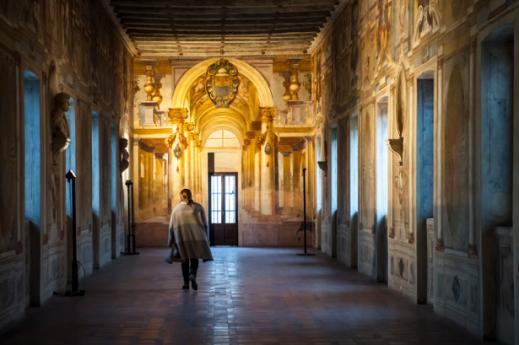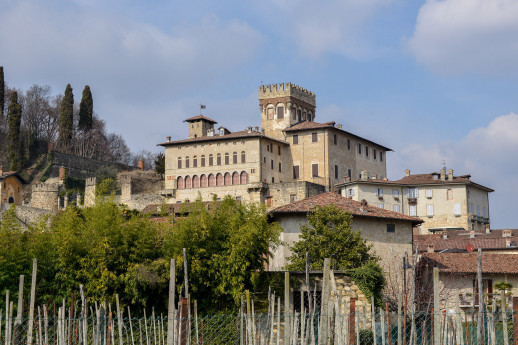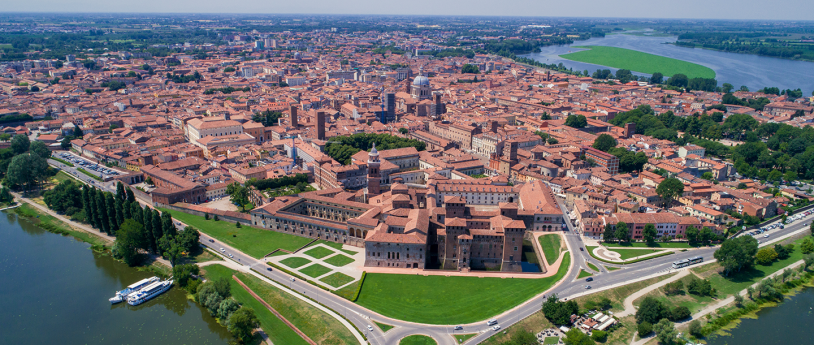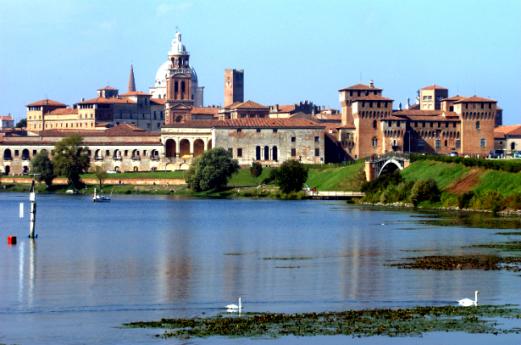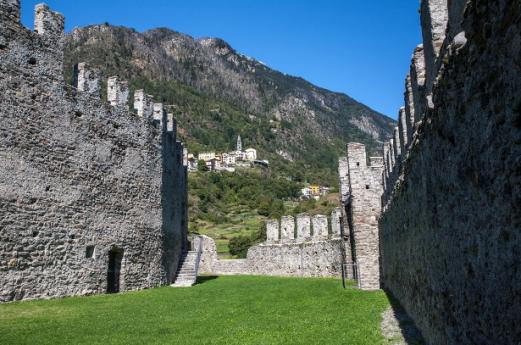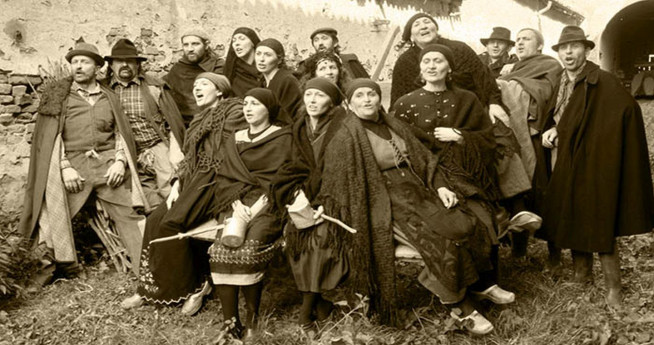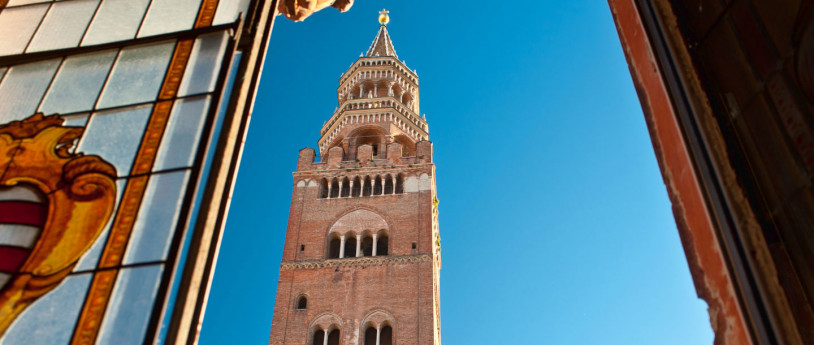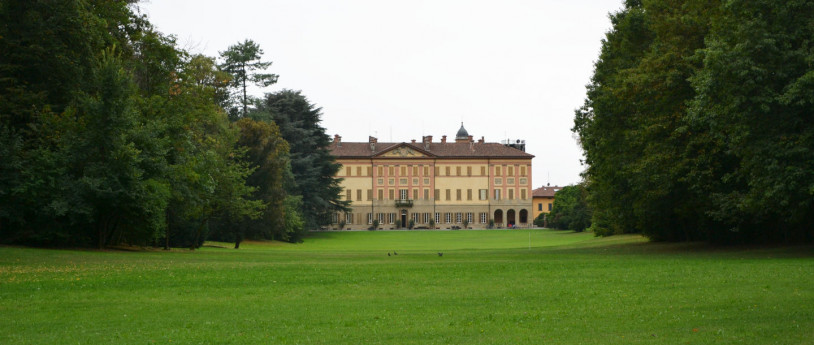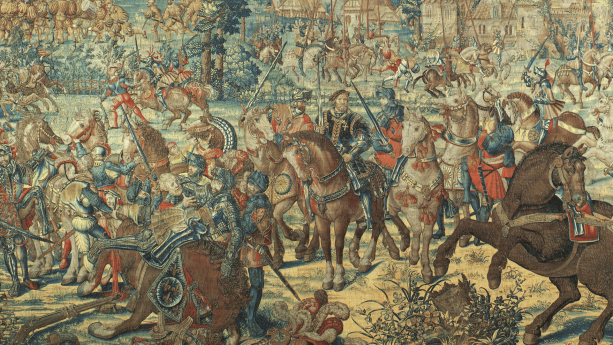- Art & Culture
Tempio dell’Incoronata
A visit to the Tempio dell’Incoronata and the Museo del Tesoro
Chiara Carolei, founder of the Con un viaggio nella testa blog, took part in a guided tour of the Tempio dell’Incoronata and the Museo del Tesoro and tells us about her cultural journey.
I had read that the Tempio Civico dell'Incoronata in Lodi was a true architectural treasure, but to see it with my own eyes was absolutely amazing. As I entered, I had the feeling of being inside a precious treasure chest, surrounded by paintings, frescoes and finely worked decorations.
The history
Its history dates back to 1488. There used to be a little-visited tavern here and it is said that one night a rather violent brawl broke out. The fresco featuring the Virgin which was right on the outside of the tavern began to weep and from that time, a number of miracles were recorded.
It was because of this incident that the people of Lodi decided to build a Municipal Temple dedicated to the Crowned Virgin. To this day, it is know as "civico" (municipal) because it was built thanks to the will and the financial commitment of the citizens. That's why it is not the property of the Curia but of the city of Lodi.
One of Bramante's best pupils, Giovanni Battagio was put in charge of its design. Like his Master, and as was typical in the Renaissance era, the architect designed the temple with a central plan, preferring the octagonal form. The number 8 has often been used in religious designs because it is a number with a highly symbolic value. First and foremost, it's the symbol of infinity. After the first two years, the architectural direction passed to Gian Giacomo Dolcebuono, who continued in the footsteps of his predecessor.
Many artists and artisans worked on the decorations, including the famous Piazza family of Lodi. I was very struck by my observation of some of the works in particular, including the Presentation at the Temple by Bergognone, a panel in the Chapel of Saint Paul.
The secrets of the Tempio dell’Incoronata
Thanks to the guided tour, I found out that Bergognone depicted the Gospel scene reproducing the interior of the Tempio Civico. Looking closely at the details, you can see that the floor is different to the current one. Also because of this detail, it was discovered that the floor was replaced at a later date.
Looking upwards, you cannot fail to be captivated by the 19th century frescoes in the dome, even though the entire surface of the Temple is decorated, and not all the works are from the 16th century, the overall effect is of perfect harmony.
Il Museo del Tesoro
Having visited the temple on a Sunday, I also had the chance to visit the Museo del Tesoro which is accessed via the Temple. The museum is home to a collection of highly valuable liturgical objects, and being below the temple's sacristy, the setting itself plays an important role. The most important piece is without doubt the 15th century tablet representing Peace in silver and enamel, conserved in a leather case.
Opening hours:
Every day from 9 am to 5 pm
